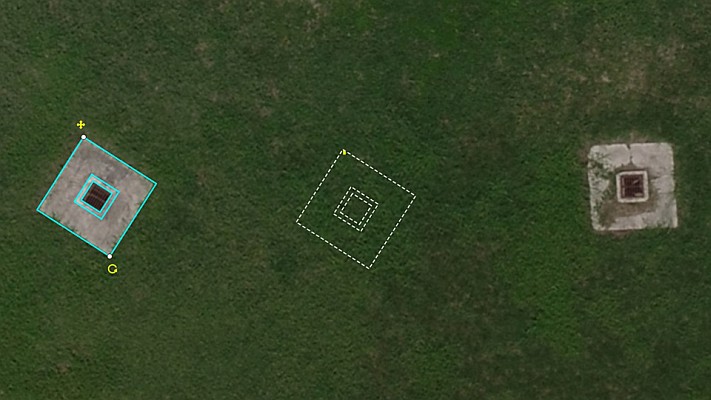This from NASA.. Traditionally, hydrologists have estimated the width of rivers by examining topographic maps and backing out calculations from the amount of river discharge measured at certain points along the watershed.
While this approach offers a ballpark estimate, other factors—such as the cohesive strength of the sediment in a river’s banks or the presence of dams—can throw such estimates off significantly.
Now hydrologists from the University of North Carolina have come up with an innovative way to estimate the size of rivers via satellite images. Combing through data acquired by Landsat satellites, George Allen and Tamlin Pavelsky have compiled a new database of river widths for North America. The database was created from a collection of 1,756 Landsat images with minimal cloud cover and rivers free of ice cover. To minimize the influence of seasonal changes, all images were selected for times when each river had its annual average discharge. Allen and Pavelsky then ran all of the images through a software program that automatically locates the center line and edges of a river.
The result is the continental scale map of river widths, shown at the top of this page. Width is depicted with shades of blue, with wider rivers appearing darker and thinner rivers appearing lighter. The first closeup below shows the Mississippi and other rivers in the southern United States. The second closeup shows a very remote portion of the Canadian Arctic, northwest of Hudson Bay. For a closer view of the entire continent, download and explore the large version of the map.
Source: GISuser







